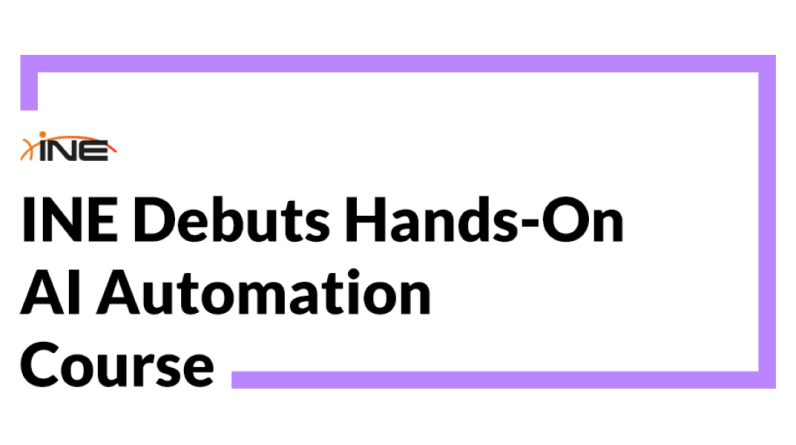
Contact Center Automation Trends
To help meet patient and employee expectations, certain automation trends have emerged to keep healthcare contact centers operating as smoothly as possible.
Medical AI Chatbots
Medical AI chatbots are increasingly used to manage routine tasks, including appointment scheduling, patient onboarding and prescription refills.
They can also help contact center employees manage complex patient cases more efficiently, Barave says. “Instead of agents struggling to read through all of their notes, generative AI tools are available today and can provide a quick summary of previous transcripts to improve interactions.”
AI-powered chatbots are developing enhanced smart routing capabilities. For example, if a patient reaches out about neck pain, Cameron explains, the chatbot could direct them to the best specialist by asking questions and understanding the differences between pain caused by trauma and pain from an infection.
“The sophistication of those bots is getting to the point where they have enough machine learning and knowledge to be able to direct the call to the right expert who can make that diagnosis,” Cameron says.
He stresses that it’s important to have safeguards built into any chatbot that directly communicates with patients. “If there is an expression that raises a red flag, the chatbot knows to immediately transfer to a human being.”
Another growing trend Barave highlights involves using chatbots to enhance comprehension. He says AI-powered tools can improve the audio quality if, for example, a patient calls in from a remote area and the connection isn’t clear.
“AI-based translations can also help when a patient isn’t proficient in a certain language,” Barave says. “The chatbot can ease these communication challenges.”
READ MORE: Why contact center modernization shouldn’t be on hold.
Omnichannel Communication
Health systems use various methods to communicate with patients. Whether it’s over the phone, during a video consultation or through an online portal, the information needs to be consistent across each channel.
As Cameron explains, one trend is to connect the omnichannel communications platform with the organization’s electronic health record. This is especially helpful for continuity of care, he says, and creates a more seamless patient handoff.
“You end up having a file that says who this person is and what their relationship is to the provider. That’s automatically accessible no matter which communication method you’re using,” Cameron says.
Another example: The omnichannel communications platform at Children’s includes integration with a wayfinding app. “A patient makes an appointment on their phone, and the app tells them where to park their car and where to walk in the building for their appointment,” Cameron says.







